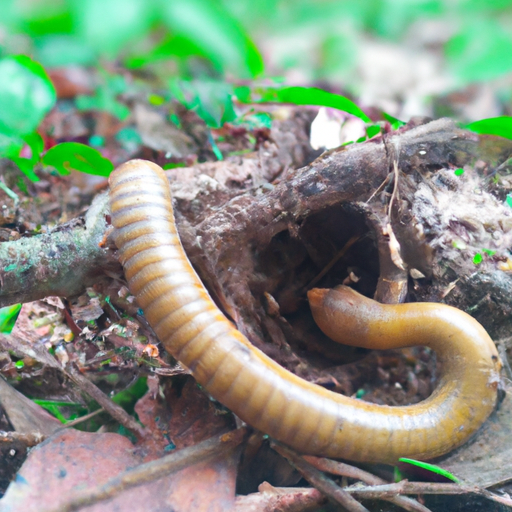 Introduction:
Introduction:
The question of whether animals appeared before plants in Earth’s history has long fascinated scientists and curious minds alike. The journey to understanding the origins of life on our planet is a complex one, as it involves piecing together a puzzle that spans billions of years. In this extensive article, we will delve into the depths of Earth’s past, exploring the evidence and theories surrounding the emergence of animals and plants, ultimately shedding light on the age-old debate.
The Origin of Life:
To comprehend the sequence of events leading to the appearance of animals and plants, we must first rewind the clock to the origins of life. Approximately 4.6 billion years ago, our planet was born, a barren and inhospitable place. Over time, through a series of chemical reactions, simple organic molecules began to form, paving the way for the emergence of life.
The First Lifeforms:
The earliest evidence of life on Earth dates back around 3.5 billion years. Fossil records reveal the presence of microorganisms known as prokaryotes, which lacked a nucleus and other membrane-bound organelles. These primitive organisms, such as bacteria and archaea, thrived in the primordial seas, utilizing chemical energy for survival.
The Rise of Eukaryotes:
Around 2 billion years ago, a significant milestone in the history of life occurred with the appearance of eukaryotes. Eukaryotic cells possess a nucleus and organelles, allowing for more complex cellular processes. It is within this diverse group of life forms that both animals and plants find their origins.
Animals Take the Stage:
The fossil record suggests that animals appeared before plants, with the first evidence of animal life dating back around 600-700 million years ago. These early animals were primarily small, soft-bodied organisms, leaving behind imprints and traces known as trace fossils. Organisms such as Ediacara biota, resembling simple marine organisms, represent some of the earliest animal life on Earth.
The Cambrian Explosion:
The Cambrian Explosion, roughly 541 million years ago, marks a pivotal moment in the evolution of life. During this period, a remarkable burst of biodiversity occurred, with the appearance of complex and diverse animal forms. This explosion gave rise to an array of body plans, including arthropods, mollusks, and chordates, which ultimately led to the evolution of vertebrates.
The Evolution of Plants:
Contrary to popular belief, plants did not lag far behind animals in Earth’s evolutionary timeline. The earliest plant fossils date back to approximately 450 million years ago, during the Ordovician period. These primitive plants, known as bryophytes, lacked roots, stems, and leaves but played a crucial role in shaping terrestrial ecosystems.
The Mastery of Land:
As plants began to colonize the land, they paved the way for the emergence of more complex life forms. Around 360-350 million years ago, during the Devonian period, plants underwent a transformative phase, evolving vascular tissue, roots, and leaves. This transition allowed plants to thrive on land, altering the global environment and providing habitats for animals.
The Coevolutionary Dance:
The evolution of animals and plants is intricately intertwined, with each driving the selection pressures for the other. Animals depend on plants for food, shelter, and oxygen, while plants rely on animals for pollination, seed dispersal, and nutrient recycling. This interdependence has resulted in a remarkable coevolutionary dance, shaping the diverse ecosystems we observe today.
Conclusion:
While the question of whether animals appeared before plants may seem straightforward, the reality is far more nuanced. The fossil record tells a story of life’s gradual emergence, with animals taking center stage before the rise of complex plant life. However, it is essential to recognize that life’s evolutionary journey is not a linear progression but a complex web of interconnected developments. Understanding the origins of animals and plants requires a deep appreciation for the intricate processes that have shaped life on Earth over billions of years.
